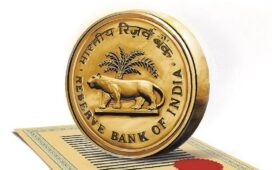When it comes to borrowing money, there are two main categories of loans you can apply for: secured and unsecured loans. While both alternatives offer the benefit of providing immediate cash, they differ significantly in terms of interest rates, repayment terms, and other fundamental features. Therefore, it’s essential to have a clear understanding of the differences between these two types of loans to make an informed decision.

Here’s a closer look at the differences between secured and unsecured loans:
Secured Loans
Secured loans are loans that are backed up by collateral. Collateral refers to an asset that the borrower pledges to the lender to guarantee the loan. The most common example of a secured loan is a mortgage; the house acts as collateral for the loan. In other types of secured loans, the collateral can also be a vehicle, stocks, land, or other valuable assets.
One significant advantage of secured loans is that they typically come with lower interest rates and are more accessible because the lender has the security of the collateral against the borrower’s default. Consequently, secured loans are ideal for people who have a steady income, a solid credit history, and are looking to take out a large loan amount. However, the downside of secured loans is that the borrower could lose their property if they fail to make the required loan payments.

Unsecured Loans
Unsecured loans are loans that are not secured by collateral. As a result, they tend to be more expensive and challenging to qualify for. Examples of unsecured loans include personal loans, credit cards, student loans, and medical loans. For lenders, unsecured loans are higher risk because there’s no guarantee in case of default. Therefore, interest rates on these loans tend to be higher than secured loans.
One significant advantage of unsecured loans is that they don’t require collateral, and therefore there’s no risk of losing any property. Moreover, the approval process tends to be quicker, and borrowers can receive the funds within a shorter period. However, unsecured loans are suitable for smaller amounts and usually require a strong credit score and a stable financial history to qualify.
The key difference between secured and unsecured loans is that secured loans require collateral, and unsecured loans don’t. Secured loans tend to be less expensive and more accessible, while unsecured loans are more expensive and require a higher credit score. Before taking any loan, it’s essential to consider your needs, risk tolerance, and financial circumstances to make an informed decision.











